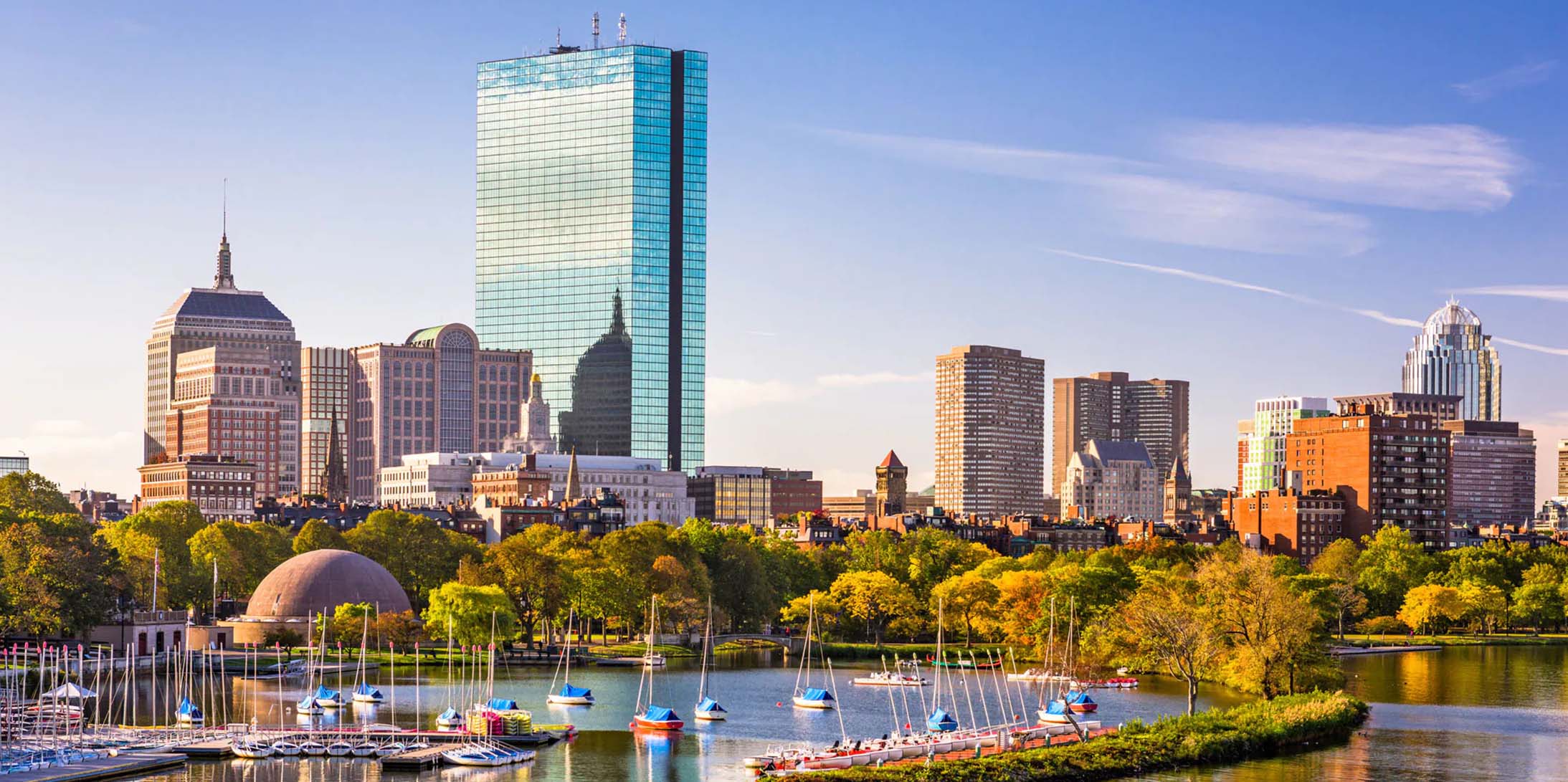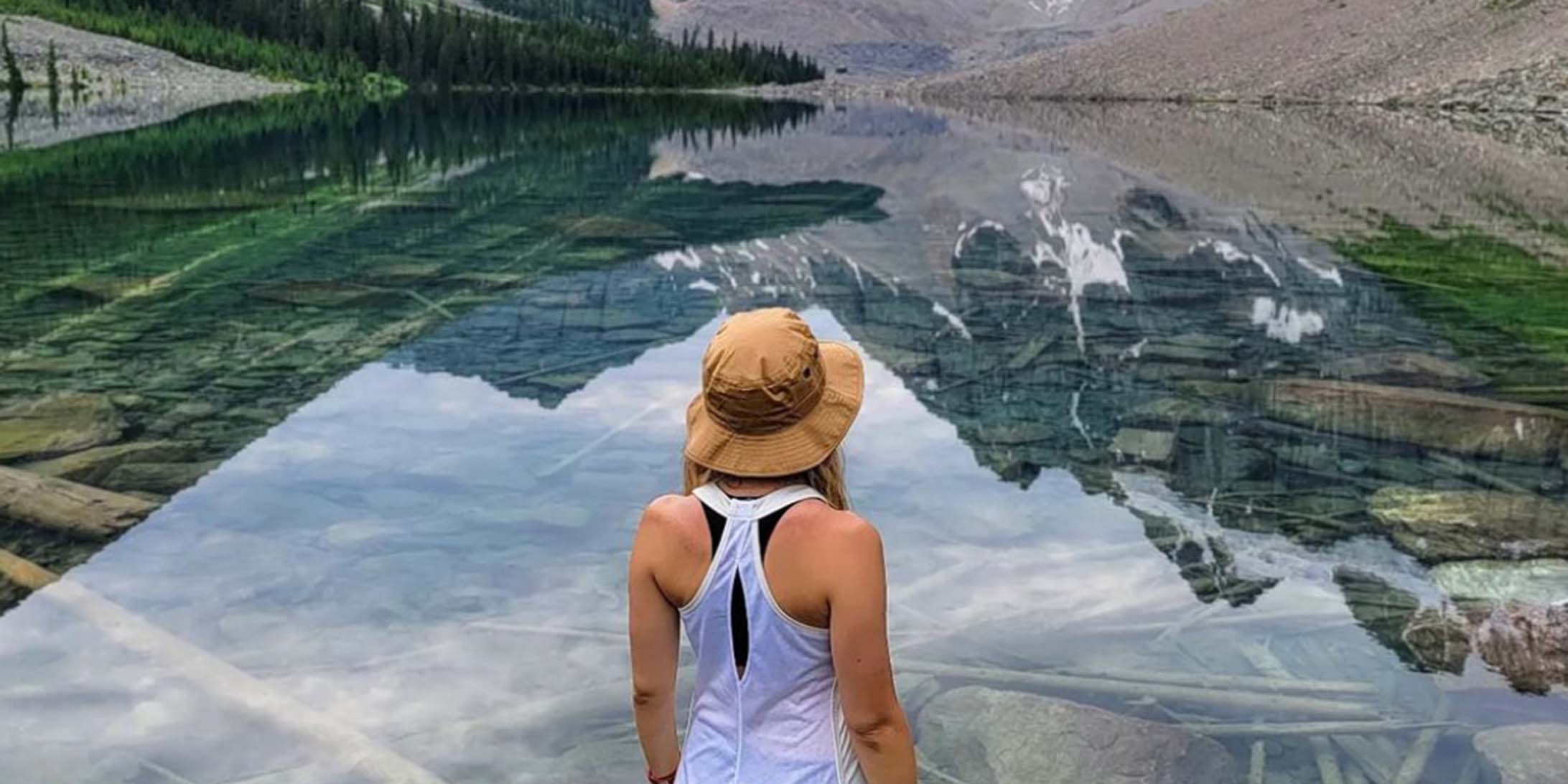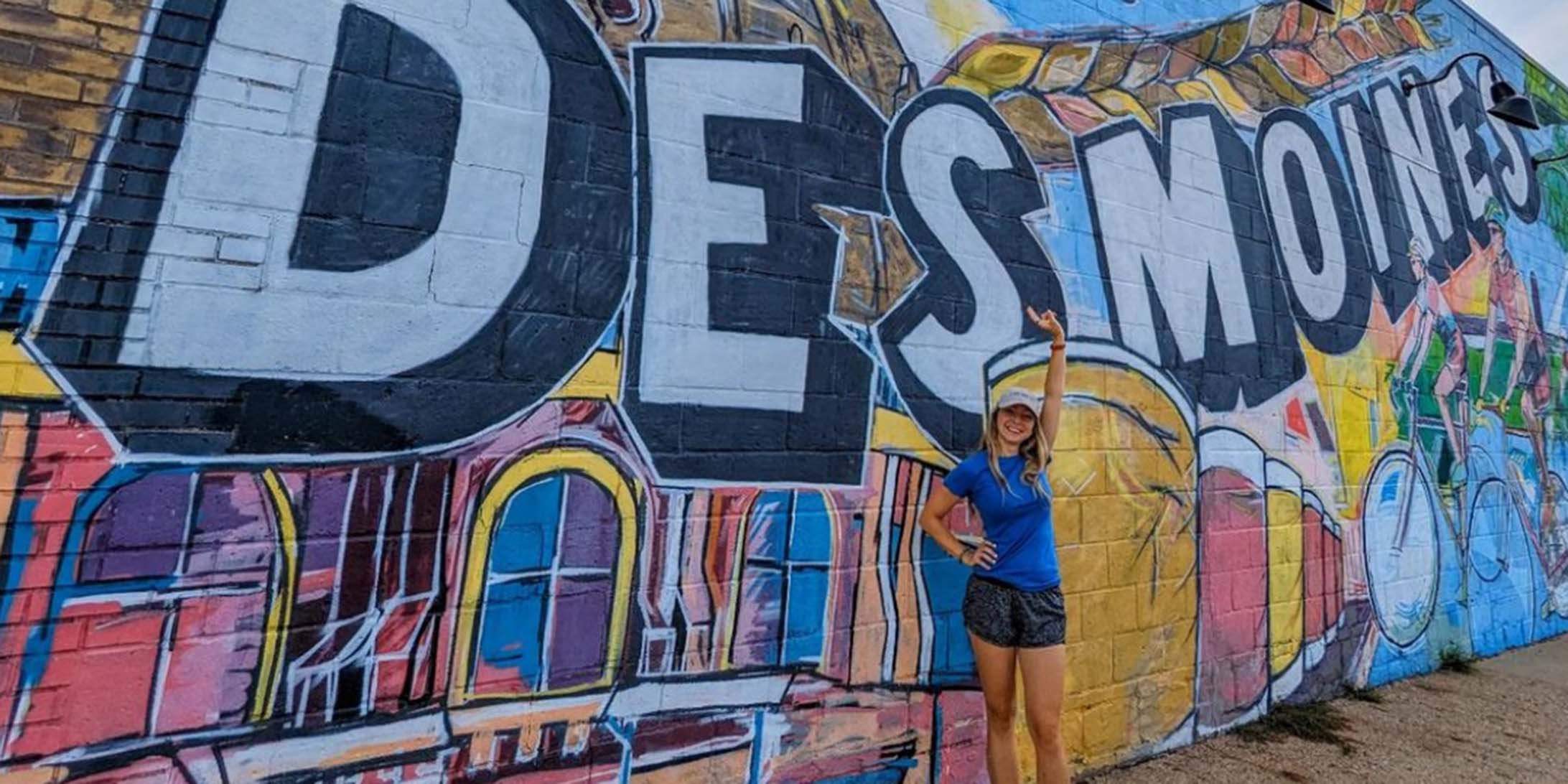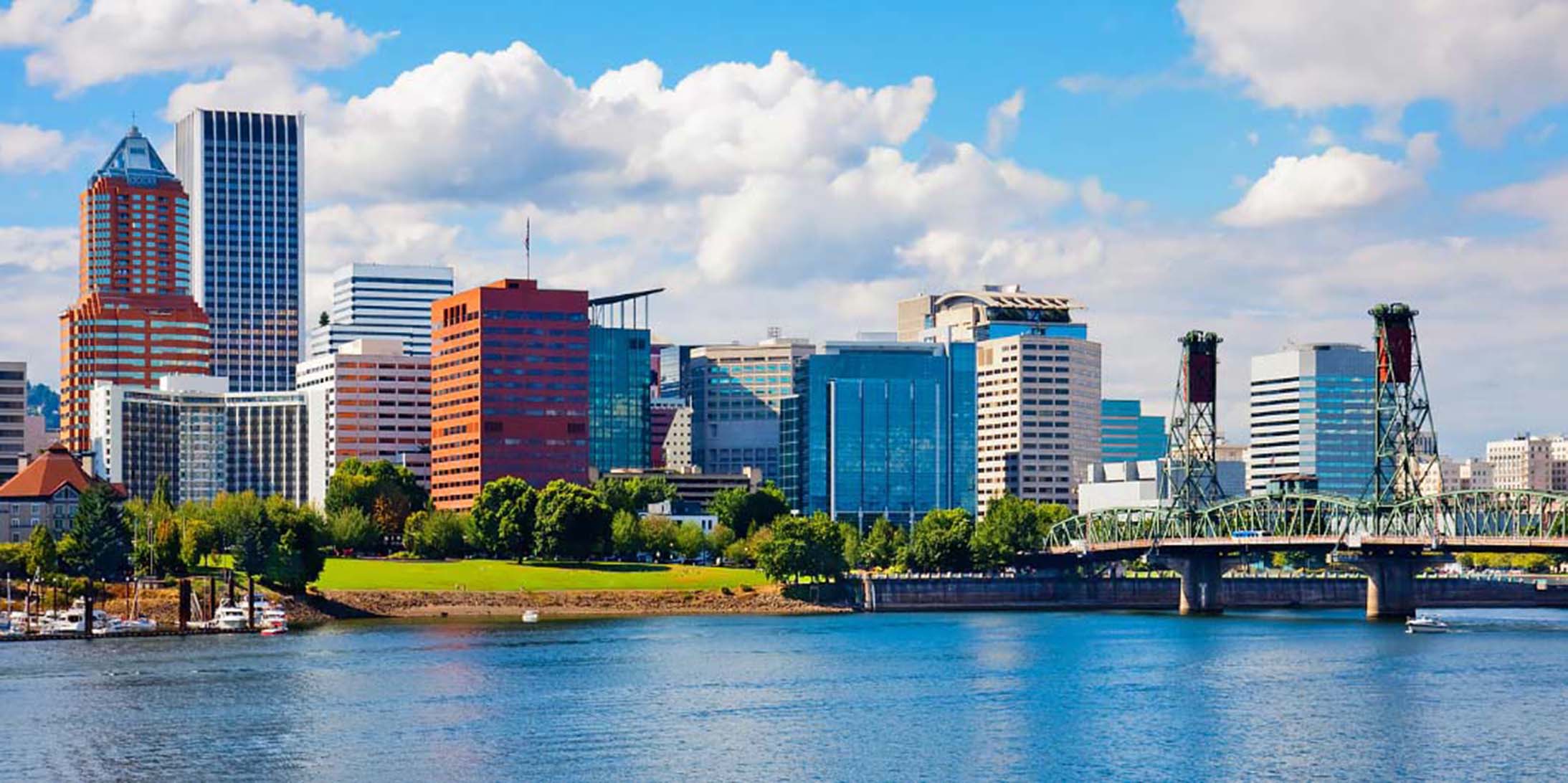Boston, the cradle of American history, is a city that seamlessly blends the old with the new. From its cobblestone streets and historic landmarks to its cutting-edge academic institutions and vibrant cultural scene, Boston has something for every traveler.
Travel Essentials
Packing Tips
When preparing for my trip to Boston, I aimed for a versatile wardrobe that could handle the city’s variable weather and the diverse activities I had planned. Here’s a breakdown of my packing strategy:
– Clothing: Boston’s weather can be unpredictable, so I packed layers to adapt to changing conditions. My suitcase included light sweaters, a couple of long-sleeve shirts, comfortable jeans, and a few pairs of shorts. For warmer days, I brought t-shirts and lightweight dresses. A waterproof jacket was essential for sudden rain showers.
– Footwear: Given that Boston is a city best explored on foot, I packed comfortable walking shoes. I also brought a pair of casual sneakers and dressier shoes for evenings out.
– Accessories: Sunglasses, a hat, and a reusable water bottle were must-haves for long days of sightseeing. I also packed a small backpack for day trips and a crossbody bag for evenings out.
– Miscellaneous: My travel essentials included a portable phone charger, a universal adapter, and a good book for downtime. I also carried a small first-aid kit with band-aids, pain relievers, and any personal medications.
Currency Exchange
Since Boston is in the United States, I needed to have US dollars on hand. I exchanged a portion of my currency at my local bank before departure, securing a better rate than at airport kiosks. Additionally, I used my credit card for most purchases, as it offers a competitive exchange rate and is widely accepted.
For convenience, I also withdrew some cash from ATMs in Boston. Most ATMs accept international cards, but be mindful of any fees your bank might charge for international withdrawals. Having cash was particularly handy for smaller purchases, tips, and places that might not accept cards.
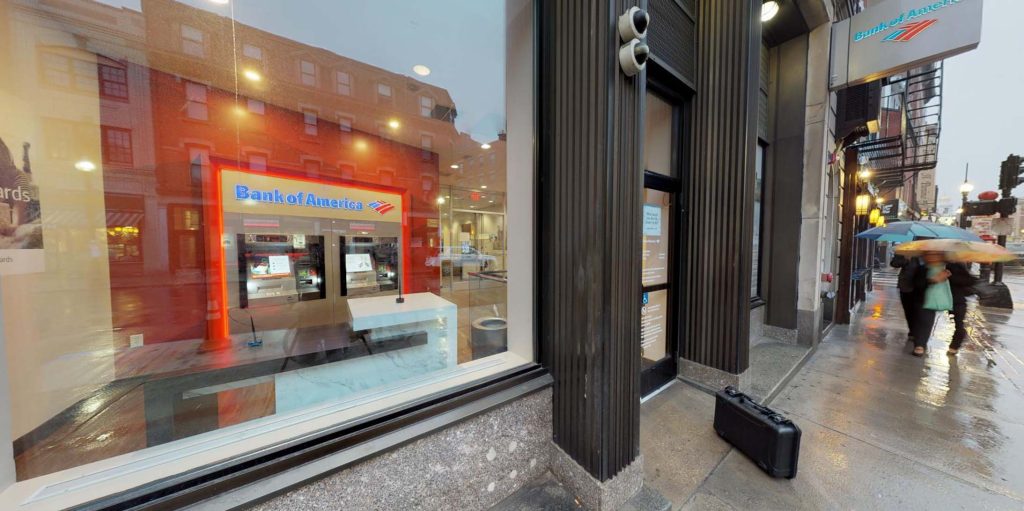
Local SIM Card
Staying connected is crucial for navigating a new city, finding restaurant recommendations, and staying in touch with friends and family. Upon arriving in Boston, I purchased a local SIM card from a mobile store at Logan International Airport. The process was straightforward: I chose a prepaid plan with ample data, talk time, and texts. The store staff assisted in setting up the SIM card, ensuring my phone was ready for use.
For longer stays, consider plans from major carriers like AT&T, T-Mobile, or Verizon, which offer comprehensive coverage and competitive rates. Using a local SIM card not only provided reliable internet access but also saved me from incurring hefty roaming charges.
Local Etiquette and Cultural Insights
Etiquette Tips
Boston is known for its friendly yet straightforward locals. Understanding and respecting the city’s etiquette can enhance your travel experience:
– Greetings: A simple “hello” or “hi” is a common greeting. Bostonians appreciate politeness, so adding a “please” and “thank you” goes a long way. Handshakes are typical in formal settings, while casual encounters might only require a nod or smile.
– Tipping: Tipping is customary in Boston. In restaurants, a tip of 15-20% of the total bill is standard. For taxi drivers, hotel staff, and other service providers, a few dollars are appreciated. Always carry small bills for tipping.
– Public Transportation: When using public transportation, it’s polite to offer your seat to elderly passengers, pregnant women, or those with disabilities. Keep conversations at a reasonable volume to respect others.
– Personal Space: Bostonians value personal space. When waiting in lines or on public transportation, maintain a respectful distance from others.
Personal Experience
One evening, I decided to dine at a popular seafood restaurant near Boston’s waterfront. The place was bustling, and I ended up sharing a table with a local couple due to the limited seating. Initially, I was hesitant about the arrangement, unsure of the social norms in such situations.
However, the couple welcomed me warmly. They initiated conversation, asking about my travels and sharing their favorite spots in the city. This unexpected interaction turned into one of the highlights of my trip. We exchanged stories, and they even recommended some lesser-known attractions to visit.
This experience reinforced the importance of being open to new social situations and engaging with locals. Boston’s residents, though often busy, are proud of their city and happy to share its treasures with visitors.
Recommended Tourist Attractions
1. Freedom Trail
Highlights: The Freedom Trail is a 2.5-mile-long path that takes you through 16 significant historical sites in Boston. From the Boston Common to the Bunker Hill Monument, this trail offers a deep dive into American history.
Activities: Walking the trail is a must-do. I started at Boston Common, the oldest public park in the United States, and followed the red-brick path through landmarks like the Massachusetts State House, Paul Revere’s House, and the Old North Church. Each stop provides an opportunity to learn about the city’s role in the American Revolution.
Getting There: The Freedom Trail is easily accessible from various parts of the city. Public transportation options include the T (Boston’s subway system), buses, and rideshares. The starting point, Boston Common, is centrally located and well-connected.
Tips: Wear comfortable walking shoes and bring a map of the trail. Guided tours are available and offer insightful commentary that enhances the experience. Allocate at least half a day to explore the trail thoroughly.
2. Fenway Park
Highlights: Fenway Park, the oldest Major League Baseball stadium in use, is an iconic landmark for sports fans. Home to the Boston Red Sox, it offers a nostalgic glimpse into America’s favorite pastime.
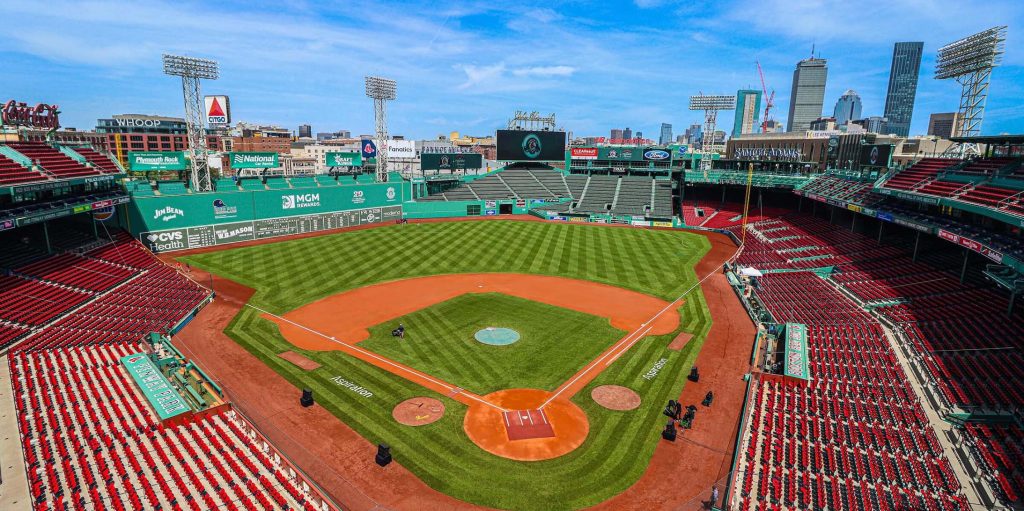
Activities: I took a guided tour of Fenway Park, which provided fascinating insights into the stadium’s history, architecture, and legendary moments. The tour included visits to the press box, the Green Monster (the famous left-field wall), and the dugout. Attending a Red Sox game is a thrilling experience, filled with enthusiastic fans and traditional ballpark snacks.
Getting There: Fenway Park is located in the Fenway-Kenmore neighborhood. The easiest way to get there is by taking the Green Line on the T to Kenmore Station. From there, it’s a short walk to the stadium.
Tips: If you plan to attend a game, purchase tickets in advance, as they can sell out quickly. Arrive early to explore the stadium and soak in the atmosphere. Don’t forget to try a Fenway Frank, the classic ballpark hot dog.
3. Museum of Fine Arts
Highlights: The Museum of Fine Arts (MFA) is one of the most comprehensive art museums in the world, boasting an impressive collection spanning various cultures and time periods.
Activities: I spent several hours exploring the MFA’s vast galleries. Highlights included the Art of the Americas Wing, which houses works from ancient to modern times, and the impressive collection of Impressionist paintings. The museum also features rotating special exhibitions, offering new experiences with each visit.
Getting There: The MFA is located in the Fenway area. It is accessible via the Green Line E branch, with a stop right outside the museum at the Museum of Fine Arts station. Buses and rideshares are also convenient options.
Tips: Plan to spend at least half a day at the museum to fully appreciate its extensive collection. Check the museum’s schedule for guided tours and special events. Admission is free on Wednesday evenings after 4 pm, making it a great time to visit if you’re on a budget.
4. Harvard University
Highlights: Located across the Charles River in Cambridge, Harvard University is the oldest institution of higher education in the United States. The campus is rich with history and architectural beauty.
Activities: I joined a student-led walking tour of Harvard Yard, which included insights into the university’s history, traditions, and notable alumni. Key stops included the Widener Library, Memorial Church, and the statue of John Harvard. The nearby Harvard Square is bustling with shops, cafes, and bookstores, perfect for a leisurely afternoon.
Getting There: Harvard University is easily accessible from downtown Boston via the Red Line on the T. Simply get off at the Harvard station, and you’re right in the heart of the campus.
Tips: The student-led tours are highly recommended for their engaging and informative nature. Allow time to explore Harvard Square and perhaps visit one of the university’s museums, such as the Harvard Art Museums or the Harvard Museum of Natural History.
Street Food Delights and Safety Tips
Popular Street Eats
Boston’s street food scene offers a delicious array of flavors. Here are some of my favorite street foods that I tried during my visit:
– Lobster Roll: A quintessential New England dish, the lobster roll features fresh lobster meat tossed with a light mayo dressing, served in a buttery, toasted bun. I enjoyed a fantastic lobster roll from a food truck near the waterfront.
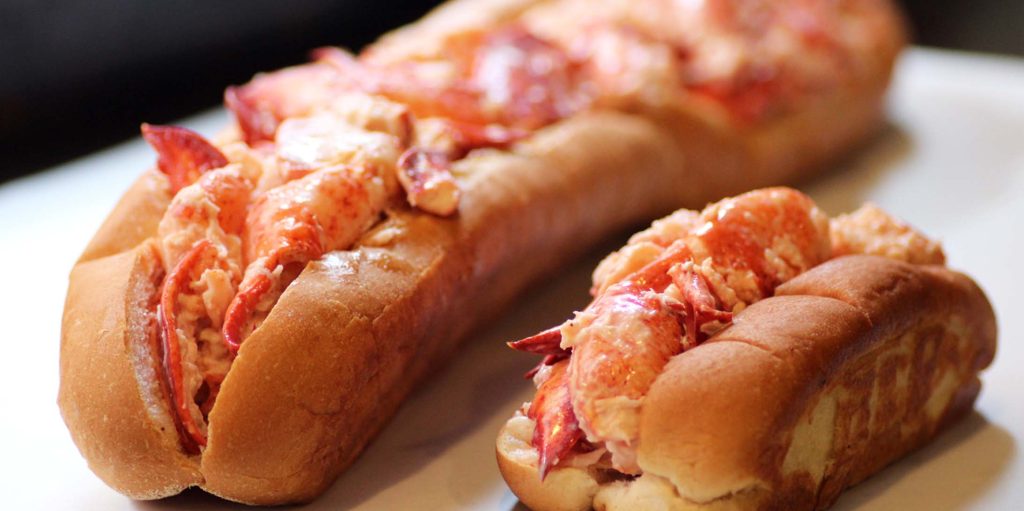
– Clam Chowder: Another local favorite, clam chowder is a creamy soup filled with tender clams, potatoes, and onions. I found a delicious bowl of chowder at a street vendor in Quincy Market.
– Italian Sausage: Boston’s North End is known for its Italian heritage, and you can find vendors selling juicy Italian sausages with peppers and onions. These make for a hearty and satisfying snack.
– Boston Cream Pie: This iconic dessert, originally created at the Parker House Hotel, is often available in portable forms like mini pies or doughnuts from street vendors. I indulged in a creamy, chocolate-topped Boston cream doughnut from a local bakery stand.
Safety Tips
While street food in Boston is generally safe, here are some tips to ensure a positive experience:
– Choose Reputable Vendors: Look for vendors with a high turnover of customers, as this often indicates fresh and popular food. Check for cleanliness and proper food handling practices.
– Inspect the Food: Ensure the food looks fresh and is cooked thoroughly. Avoid items that have been sitting out for too long.
– Stay Hydrated: Boston’s weather can be humid, so drink plenty of water, especially if you’re indulging in rich or salty street foods.
– Carry Hand Sanitizer: Use hand sanitizer before eating, especially if you’re handling food with your hands.
Trip Planning and Budget Adjustments
Planning Your Itinerary
To make the most of my time in Boston, I created a flexible itinerary that balanced must-see attractions with spontaneous exploration. Here are some tips for planning your trip:
– Prioritize Your Must-Sees: Make a list of the top attractions and experiences you don’t want to miss. For me, this included the Freedom Trail, Fenway Park, the Museum of Fine Arts, and Harvard University.
– Allow for Downtime: Boston is a city to be savored, so build in some downtime to relax in the parks, wander through neighborhoods, or sit at a café and people-watch.
– Use Travel Apps: Apps like Google Maps and TripAdvisor helped me navigate the city, find highly rated restaurants, and discover hidden gems.
– Stay Flexible: While it’s good to have a plan, be open to changing your itinerary based on weather, local events, or recommendations from locals.
Budgeting Tips
Traveling to Boston can be expensive, but with careful planning, you can enjoy the city without breaking the bank. Here are some budgeting tips I followed:
– Accommodation: I found that booking my accommodation well in advance helped secure better rates. I stayed in a mid-range hotel in the Back Bay area, which offered a good balance of comfort and location. For budget travelers, hostels and vacation rentals can be more affordable options.
– Dining: Boston has a wide range of dining options, from high-end restaurants to budget-friendly food trucks. I saved money by enjoying street food and dining at local eateries. Happy hour deals at bars and restaurants also offered great value.
– Transportation: I used a combination of public transportation, rideshare services, and walking to get around. The T is an affordable and efficient way to travel within the city.
– Attractions: While some attractions have entrance fees, many of Boston’s best experiences are free, such as walking the Freedom Trail, exploring neighborhoods, and visiting public parks. Look for discount passes or online deals for paid attractions.
Insurance Recommendation
For peace of mind during my trip, I purchased travel insurance that covered medical emergencies, trip cancellations, and lost luggage. Here are some tips for choosing travel insurance:
– Compare Plans: Shop around and compare different plans to find one that offers the best coverage for your needs. Look for policies that include medical coverage, trip interruption, and personal belongings.
– Read the Fine Print: Make sure you understand what’s covered and any exclusions or limitations. Pay attention to the policy’s terms regarding pre-existing conditions and adventure activities.
– Check Reviews: Reading reviews from other travelers can provide insight into the reliability and customer service of the insurance provider.
My journey through Boston was filled with unforgettable experiences, from exploring iconic landmarks to savoring delicious cuisine. Whether you’re a history buff, sports enthusiast, art lover, or foodie, Boston has something to offer everyone.
